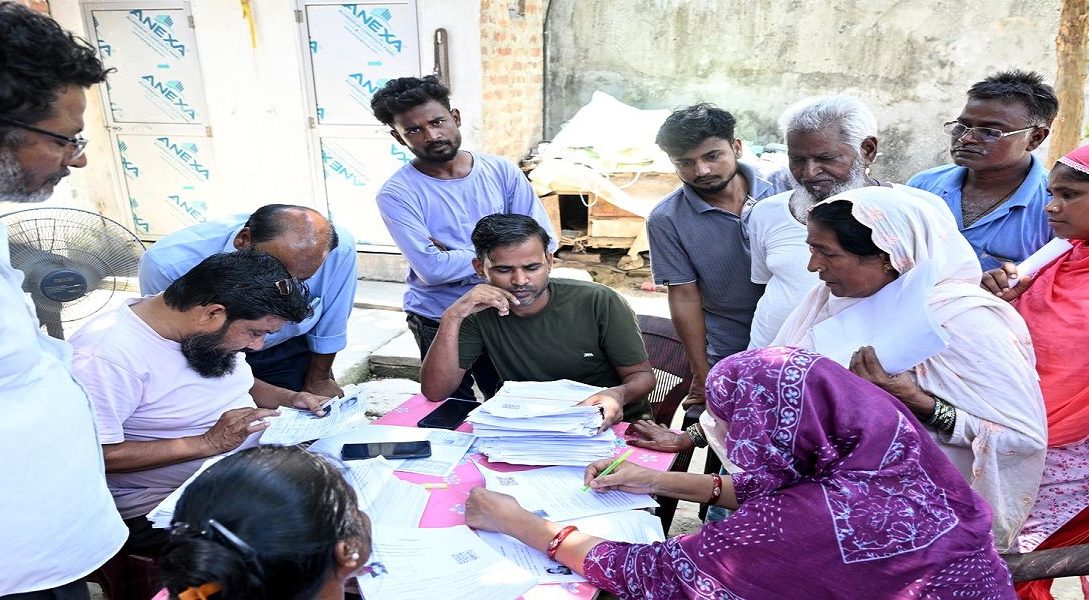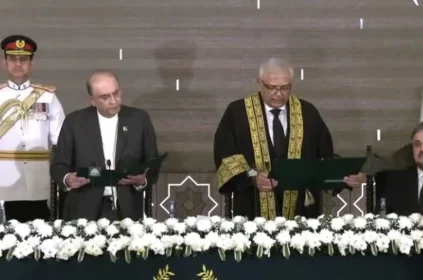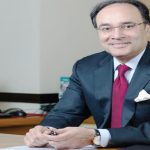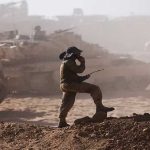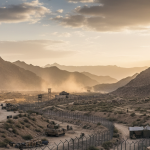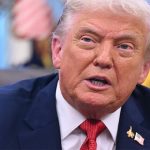Ibne Hassan Shawl
ISLAMABAD: As Bihar gears up for the upcoming Assembly elections, questions are again being raised about the political representation of its sizable Muslim population — particularly in the northern parts of the State, where their numbers could decisively shape the outcome.
Muslims make up more than 20% of the population in at least 87 Assembly constituencies, and nearly three-fourths of them live in North Bihar. Yet, their presence on candidate lists remains strikingly low. Despite the demographic weight, most political parties have named only a handful of Muslim candidates so far.
The lone exception appears to be the newly formed Jan Suraaj Party, which has announced plans to field 40 Muslim candidates and has already declared 21 names. Other major parties have remained cautious, with none announcing more than four Muslim contenders for the 243 Assembly seats.
Bihar has seen only one Muslim Chief Minister in its history — Abdul Ghafoor, who briefly led the State in the 1970s. Since then, the community’s political voice has remained limited. Muslim representation in the Assembly has rarely exceeded 10%, touching that mark only once, in 1985.
In several northern border districts — particularly Katihar, Purnea, Araria, and Kishanganj — Muslims form a major share of the electorate. In Kishanganj, they even constitute a clear majority, accounting for more than 68% of the population. The growing numbers in these areas make the community a key factor in the coming polls.
With over one-fifth of Bihar’s population identifying as Muslim, political observers believe that if the community votes strategically, it could significantly influence the balance of power — potentially reshaping the political landscape of North Bihar and challenging the dominance of the BJP-led Modi government.
Read more: https://nayakashmir.com/delhis-air-quality-remains-very-poor-aqi-stands-at-309/


